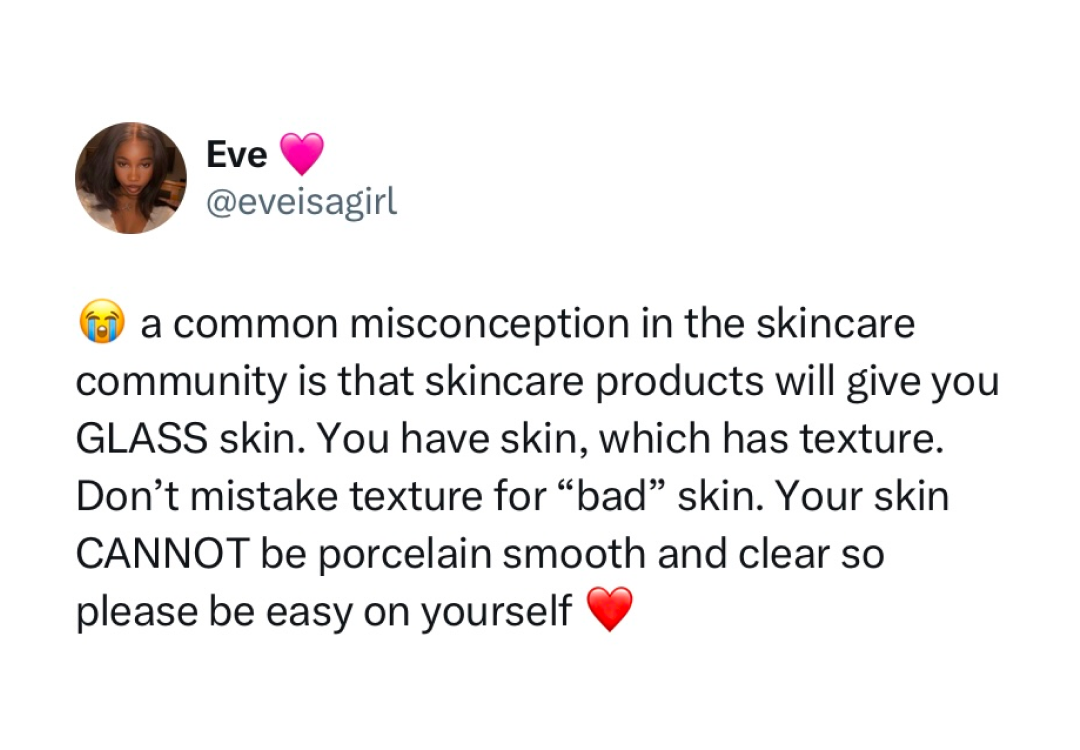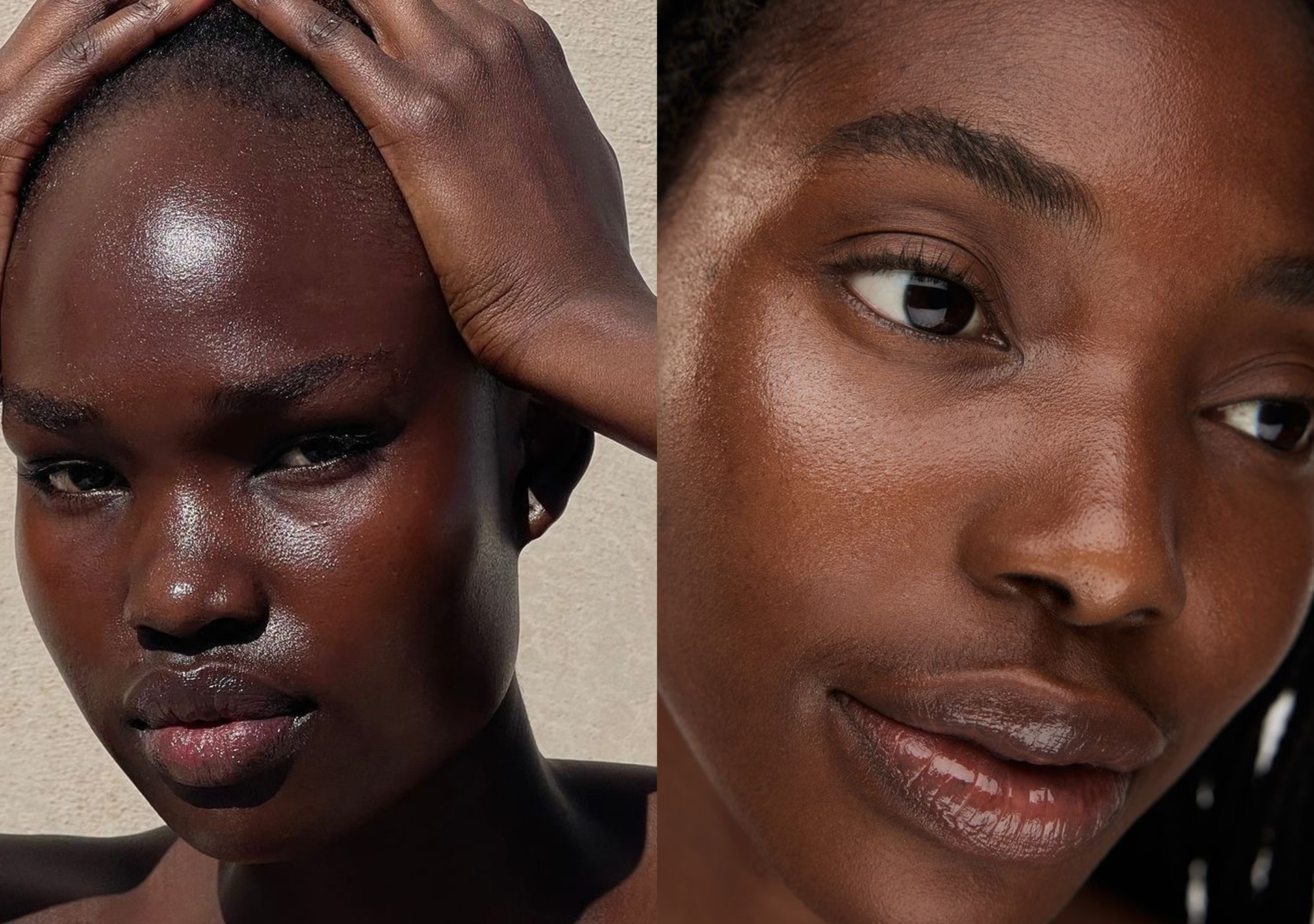To me, “glass skin” sounds like a mere marketing mirage rather than an attainable, sustainable reality.
You know that awkward moment when someone gets criticised for voicing an opinion you secretly support? Recently, I encountered a post dismissing the concept of glass skin, with many dissenting responses such as “Who made you an expert?”

As a dedicated beauty writer, I share that skepticism. While my previous article How to Achieve Glass Skin delved into the regimen behind the trend, this one examines why the pursuit of glass skin may be an unrealistic and potentially counterproductive ideal.

Skin is not glass — it has texture, and that’s normal
Let’s break it down: skin is naturally textured. Pores, fine lines, and occasional breakouts are part of what makes our skin unique. The glass skin trend became popular after K-beauty platforms such as Soko Glam’s blog on glass skin played a significant role in popularising this aesthetic, suggesting skin should be perfectly smooth and reflective — like glass. However, this idealised standard is unrealistic, as it overlooks the natural imperfections that define our skin.
Your skin changes with life, glass doesn’t
No matter how many serums or moisturisers you use, your skin will always be subject to change. Hormones, stress, sleep, diet, and weather all influence its condition. One day, you might wake up radiant, and the next, you’re dealing with a hormonal breakout. As the body’s largest organ, the skin is naturally ever-changing and unpredictable.
As Dr Michelle Henry explains, skin responds to both internal and external factors, so no single product or routine can guarantee a flawless, poreless complexion indefinitely.
I think ‘glass skin’ is a marketing gimmick

The term “glass skin” didn’t just emerge on its own — it was propelled by skincare brands and influencers promoting a specific aesthetic. Achieving that look often depends on strategic lighting, filters, and a pricey, multi-step routine. Recently, I came across a video posted on Bio Shop Globe’s Instagram page where a woman with naturally textured skin appeared flawlessly smooth under the right lighting and makeup, proving how digital techniques shape the illusion of glass skin.
In reality, many of the images flooding social media aren’t authentic representations but carefully crafted illusions.
Skincare routines work… but not like magic
There’s no denying that a good skincare routine can improve your complexion, hydrate your skin, and give you a healthy glow. However, it won’t transform your skin into a mirror-like surface. As Rajani Katta, MD, FAAD,a respected board-certified dermatologist explains, skincare aims to promote healthy skin, recognising that everyone’s idea of “healthy” will naturally differ. She cautions against chasing unrealistic beauty standards, popularised through social media, reminding us that truly glowing skin comes in many types, textures, and finishes.
Don’t be tricked by social media
With the right angles, soft lighting, and a bit of editing, it’s easy to create the illusion of flawless skin. Yet, even the most celebrated beauty influencers have texture, fine lines, and the occasional blemish in real life. The pursuit of glass skin often feels more like chasing a filtered fantasy than embracing authentic beauty.
Rather than fixating on an unattainable ideal, prioritise healthy, well-nourished skin. Celebrate its natural texture and uniqueness—because real beauty isn’t about perfection. After all, glass belongs in windows, not on your face.


